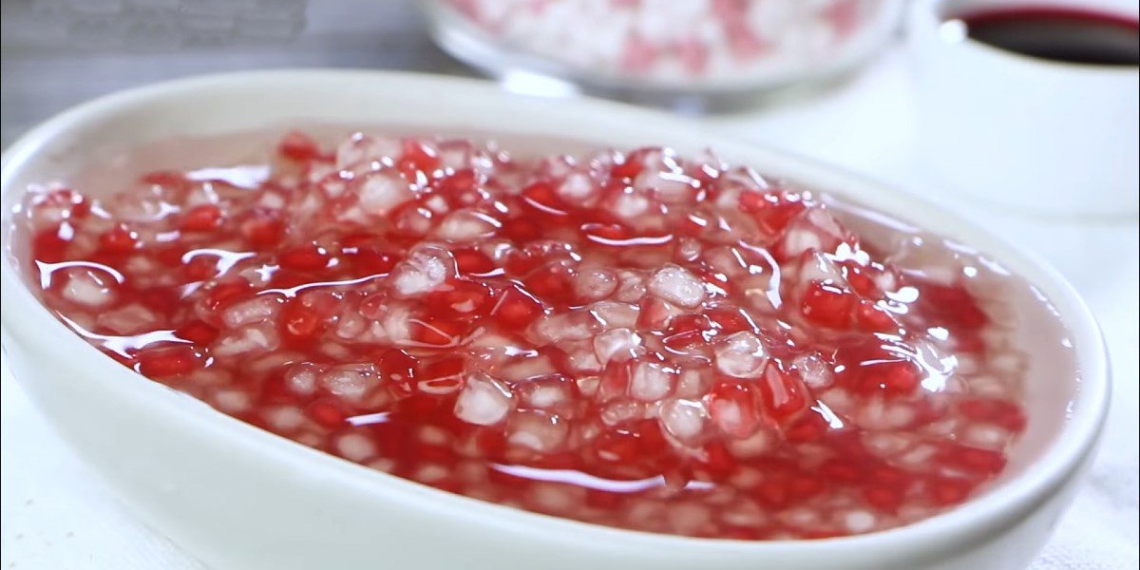If you have ever enjoyed desserts made from tapioca flour and starch, you certainly won’t forget the chewy, elastic, and delicious feeling of these desserts! Today, let’s join the kitchen with TasteVN to make tapioca pearls from starch and tapioca flour to create 2 attractive desserts!
1. Tapioca Pearls from Starch
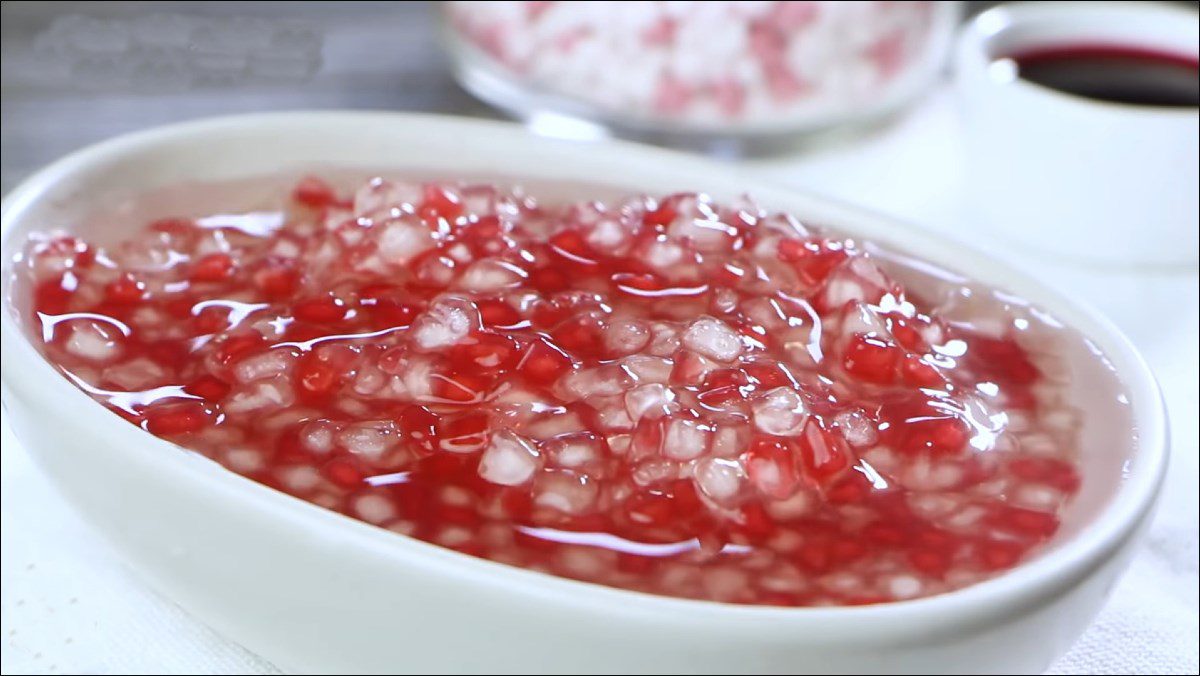
-
Preparation
20 minutes
-
Cooking
30 minutes
-
Difficulty
Easy
Ingredients for Tapioca Pearls from Starch Serves 4
Tapioca starch 200 gr Beetroot 100 gr Sugar syrup a little Ice water 800 ml Filtered water 1.5 liters
Ingredient Image

How to make Taro Balls from Tapioca Flour
-
Prepare and cook the beetroot
Buy the beetroot, peel it, wash it clean with water, let it drain, and then cut it into many flat slices.
Add 100g of sliced beetroot and 300ml of filtered water into a pot, place it on the stove, and bring it to a boil over high heat for 2 minutes. Then, strain it through a sieve to collect the beetroot water into a jar and let it cool.
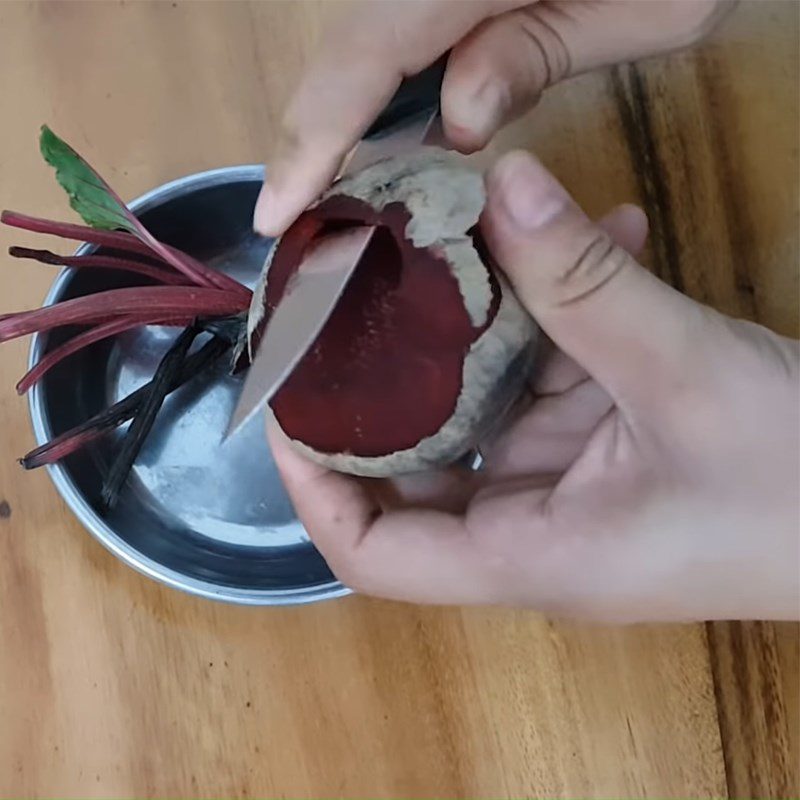
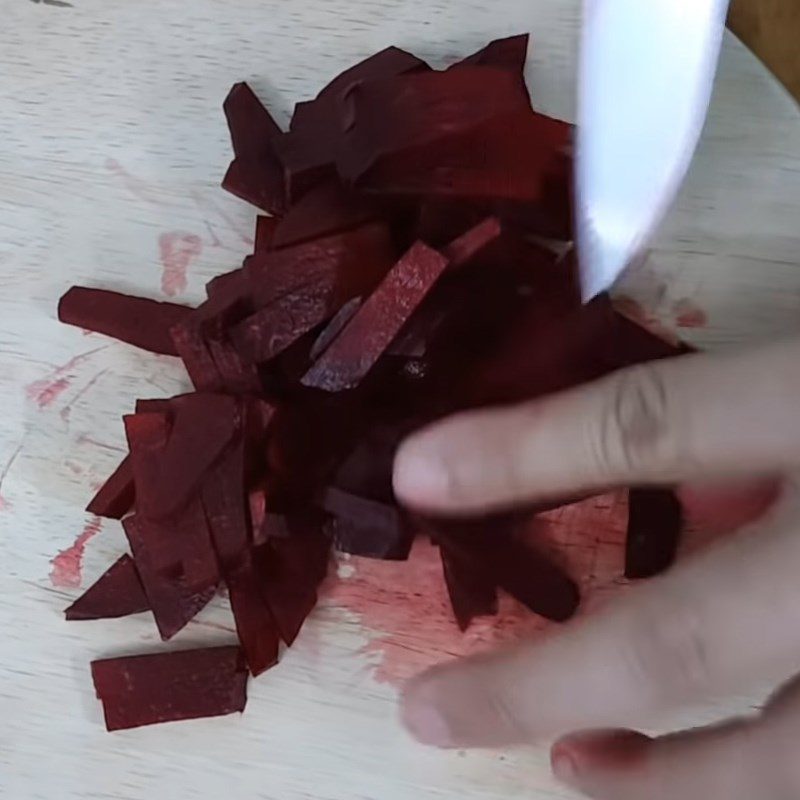
-
Mix the flour
Put 200g of tapioca flour in a bowl, gradually pour in the beetroot water while mixing the flour with your hand.
You don’t need to pour all the beetroot water into the flour; just pour until the flour absorbs the water and becomes sticky and smooth enough to knead, then stop. Knead the flour into a uniform pink dough that doesn’t stick to your hands.
Next, add 400g of tapioca flour into the bowl, gradually pour in 400ml of filtered water, and use your hands to mix it well until the flour becomes wet and sticky. Then, divide the dough into two parts and knead them into two uniform white doughs that do not stick to your hands.
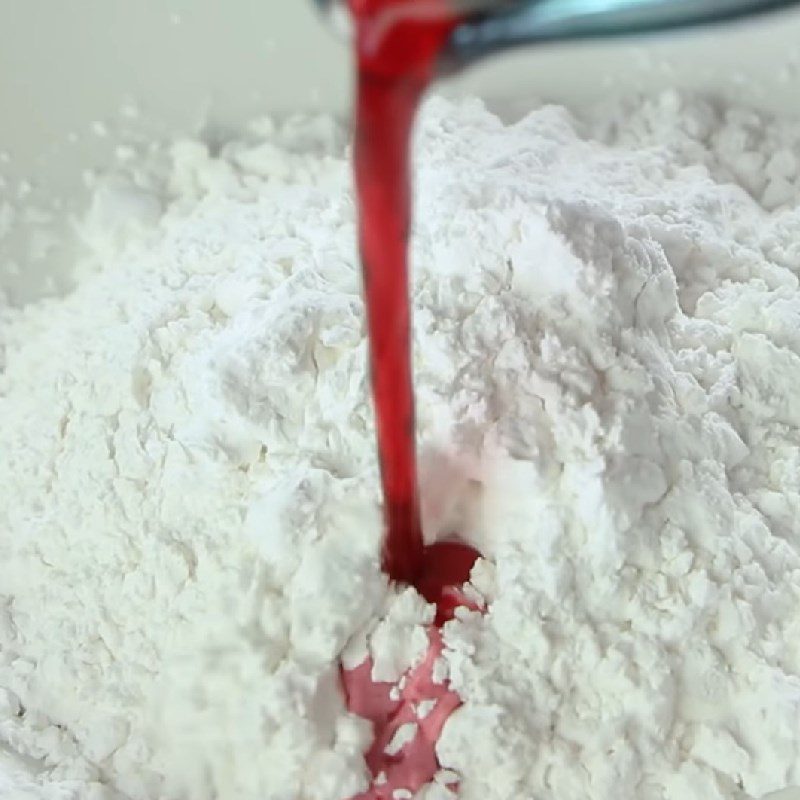
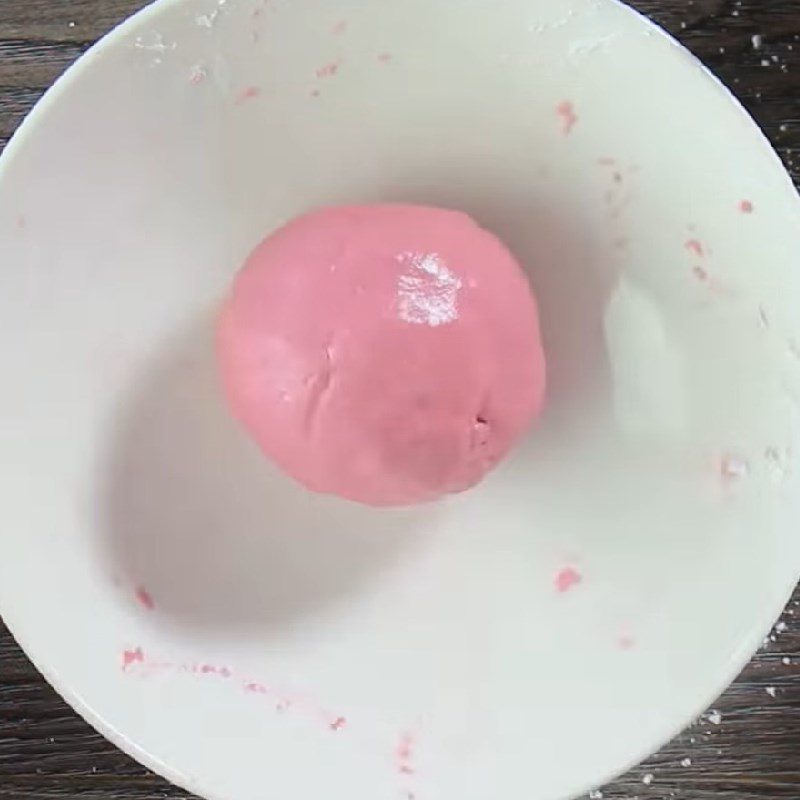
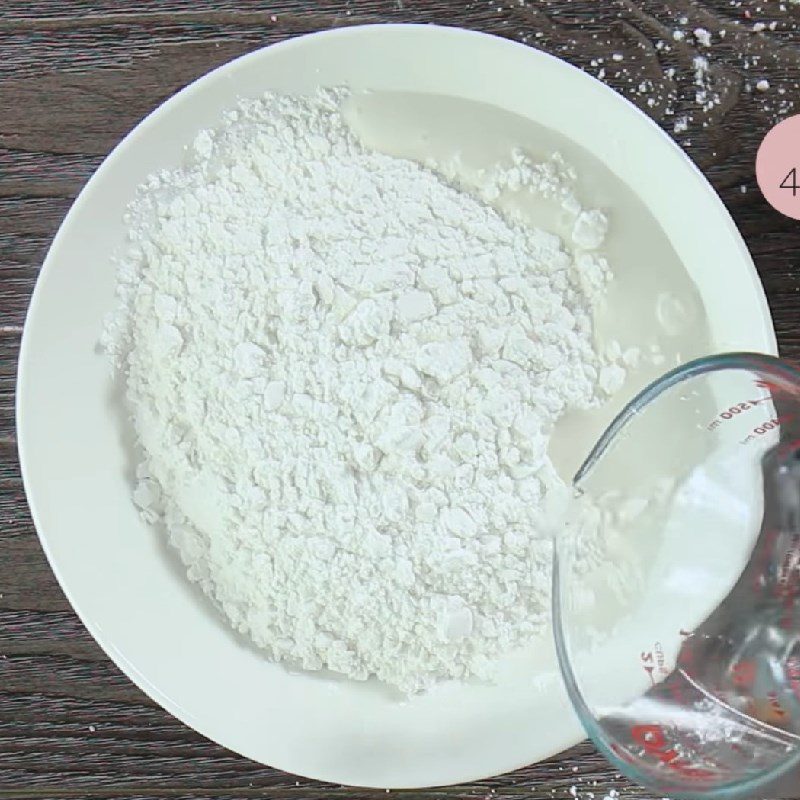
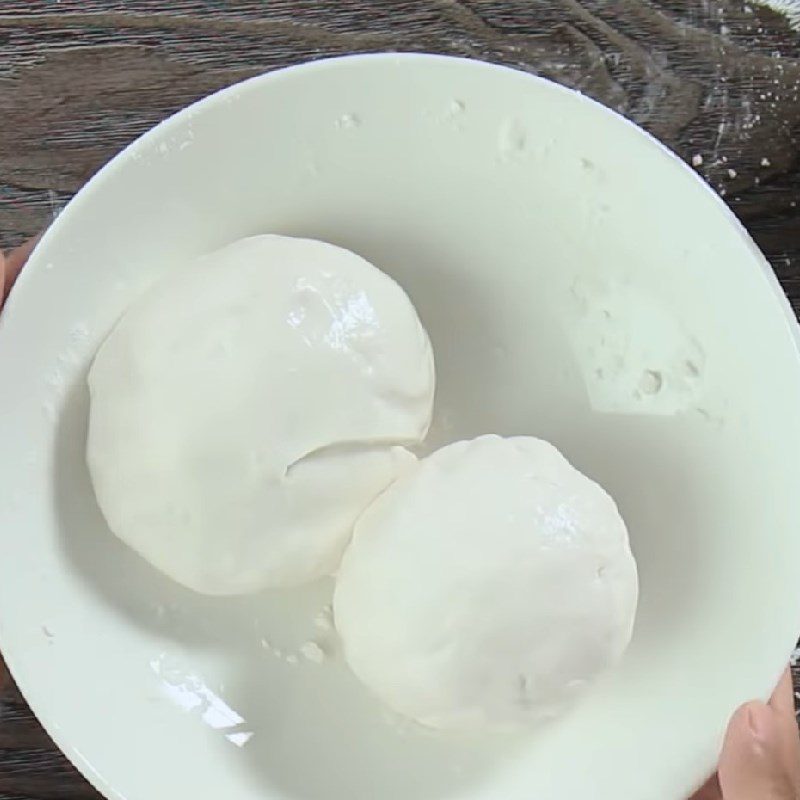
-
Cubing
Prepare two trays, lining one layer of absorbent paper on the tray. Place the blocks of dough on the cutting board, use a knife to cut into thin slices, each slice about 0.5cm thick, then place them in the prepared tray to absorb all the water.
Next, take the sliced dough, cut it into cubes, and put it into a basket with large holes, sift the dough to remove the crumbs, then put them in the freezer until use.
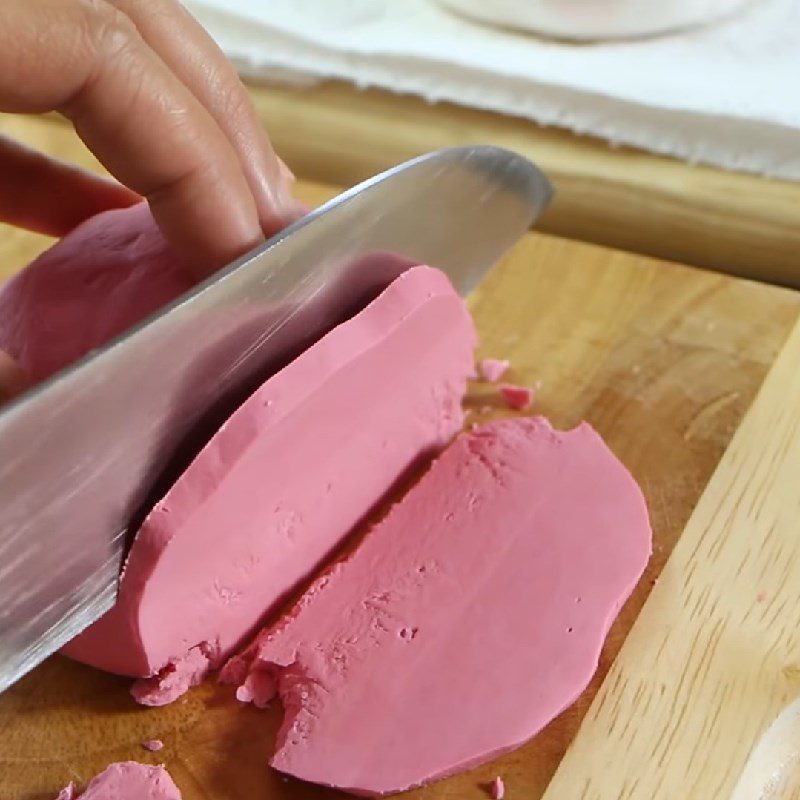
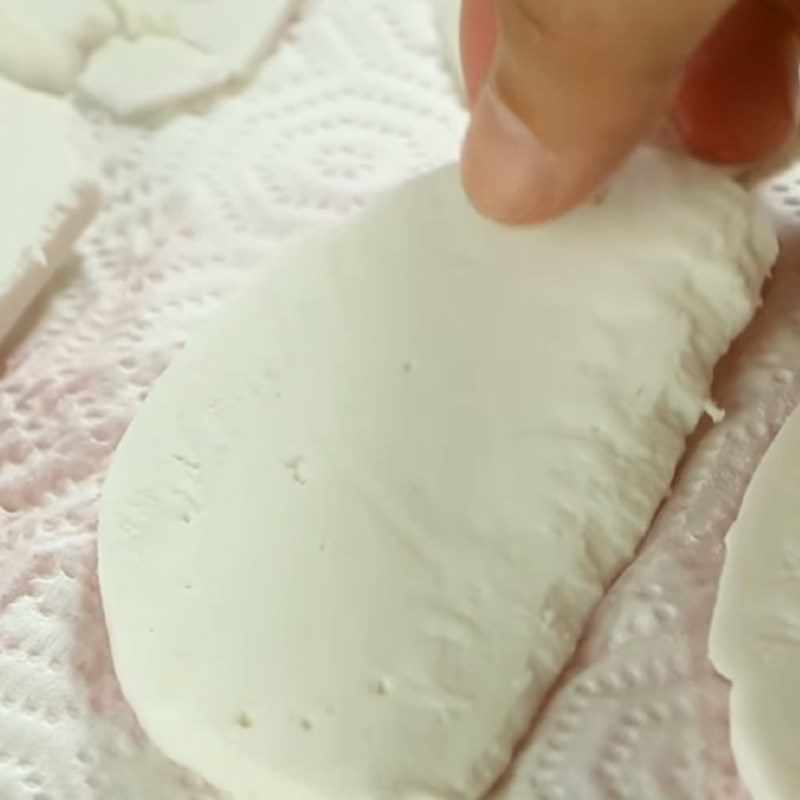
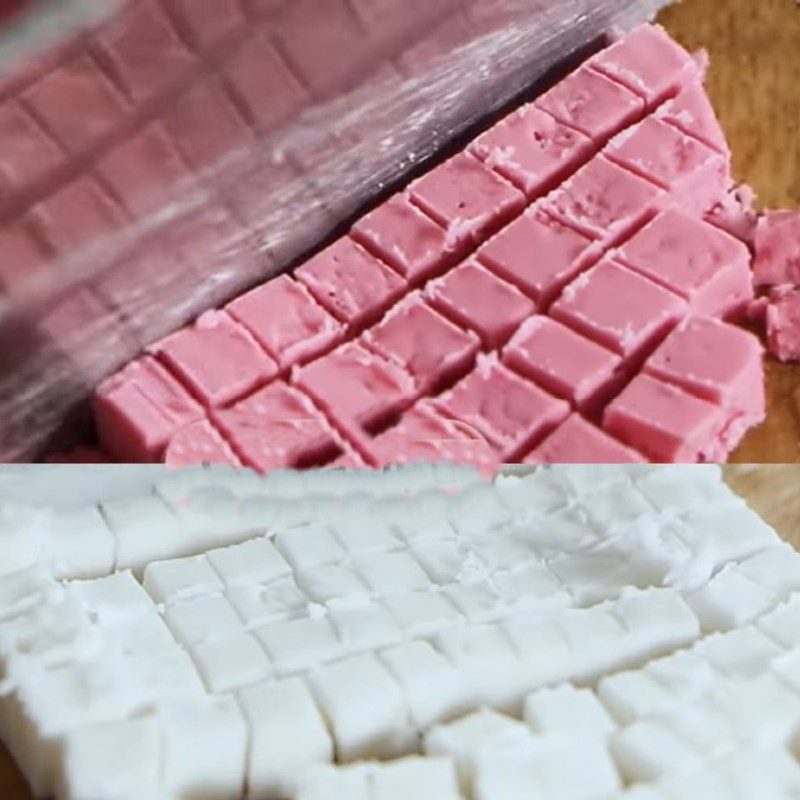
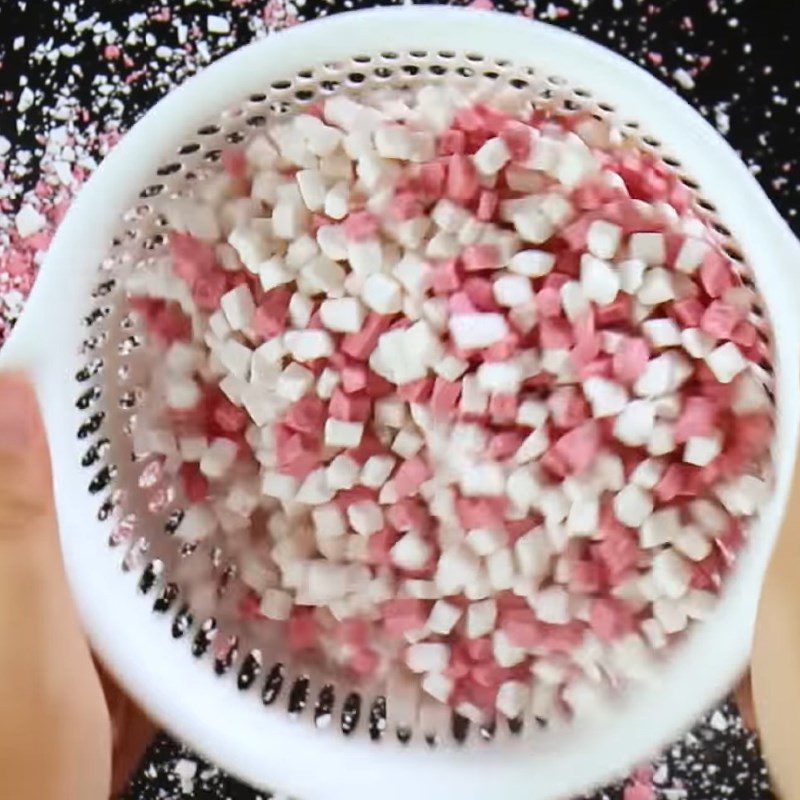
-
Boiling the cubes
Boil 800ml of water over high heat, take the dough out of the fridge and put it in to boil, stirring continuously until the cubes float, then boil for another 2 minutes.
After the cubes are cooked, use a sieve to remove them and soak them in 800ml of ice water or cold water for 15 – 20 minutes to make the sago cubes clearer.
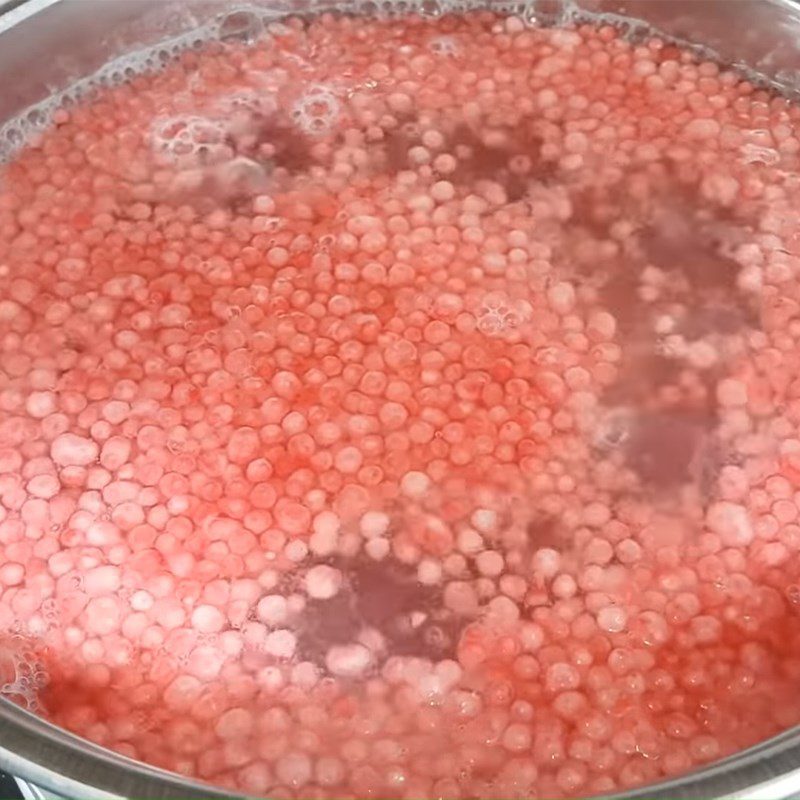
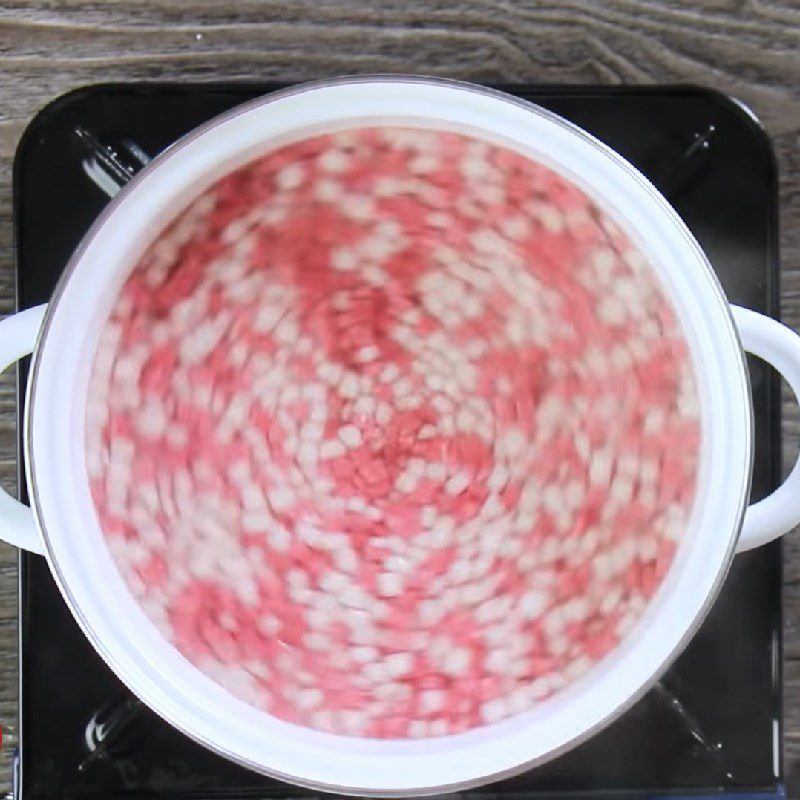
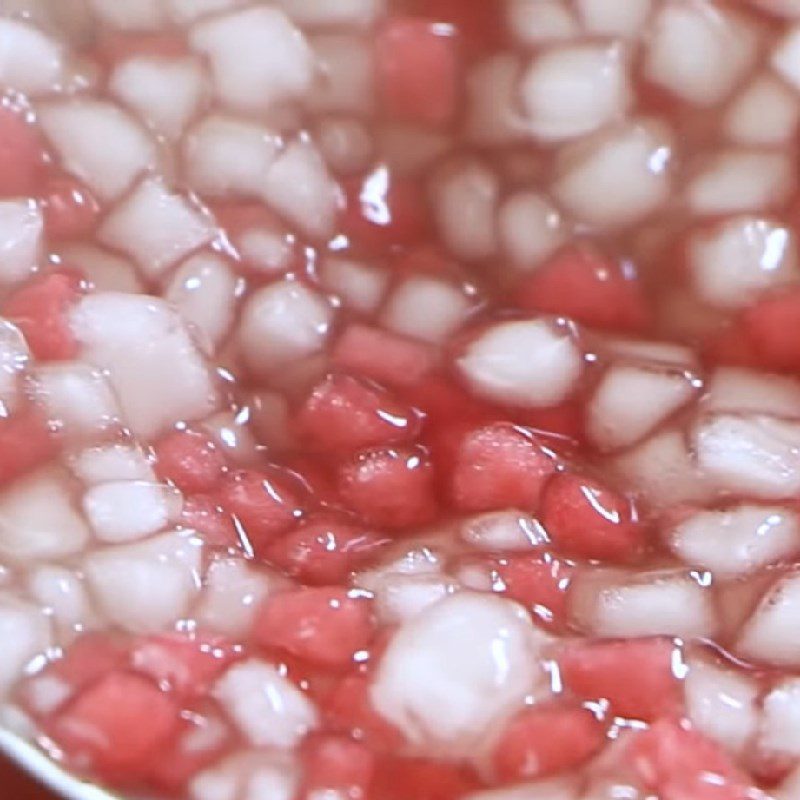
-
Final Product
After that, you take the tapioca pearls out and put them in a bowl, add syrup according to your taste, and mix well to finish.
The tapioca pearls are completed with a clear color, alternating between red and white, looking really beautiful. The pearls are chewy, bouncy, fun to chew, and have a moderately sweet taste.
You can enjoy the tapioca pearls with green bean dessert, add a little coconut milk and ice, and it will be very appealing!
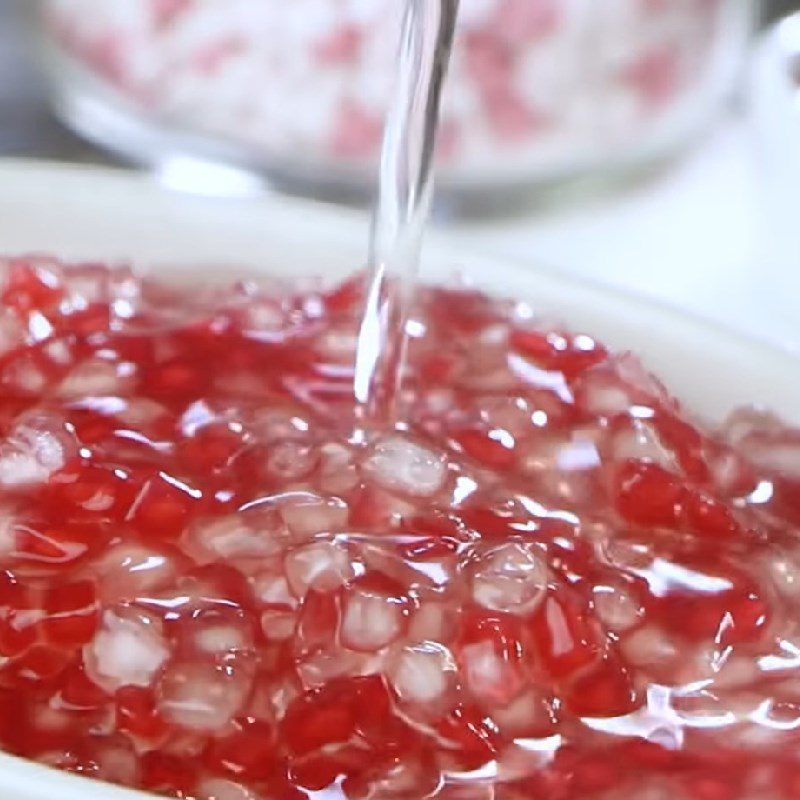
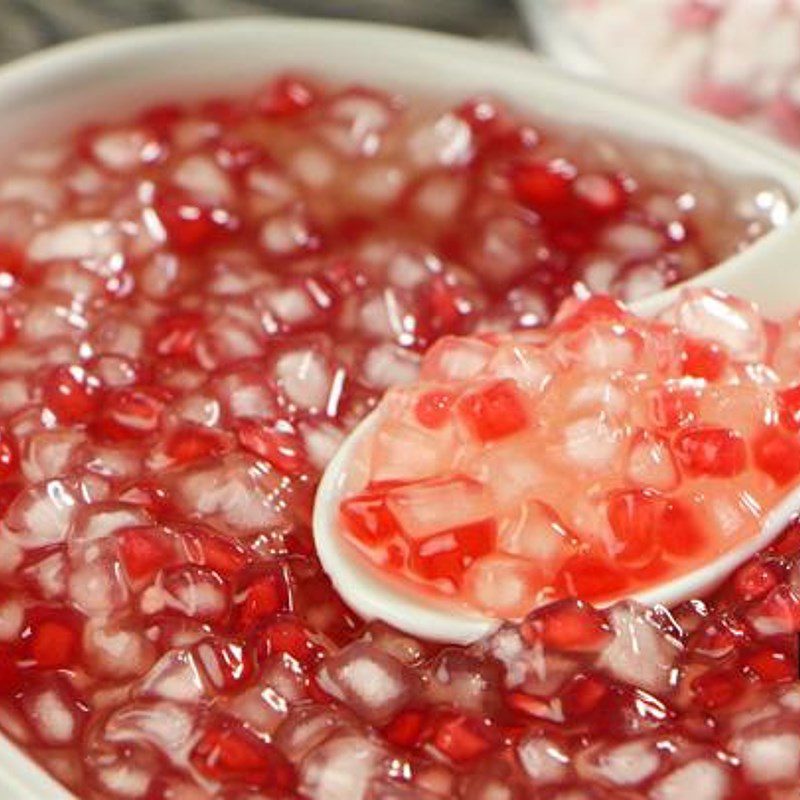
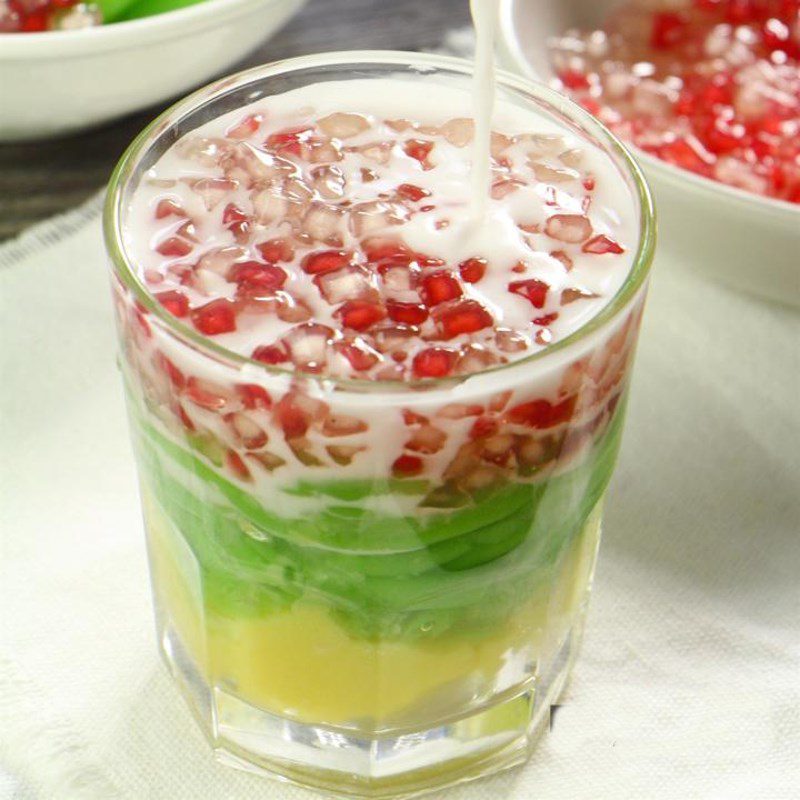
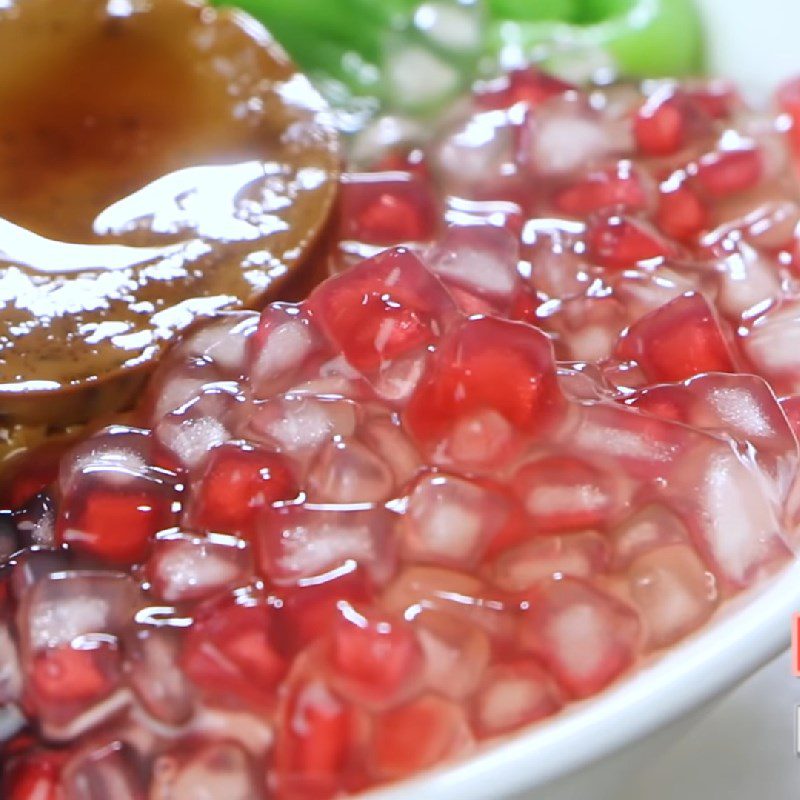
2. Tapioca Pearls from Starch
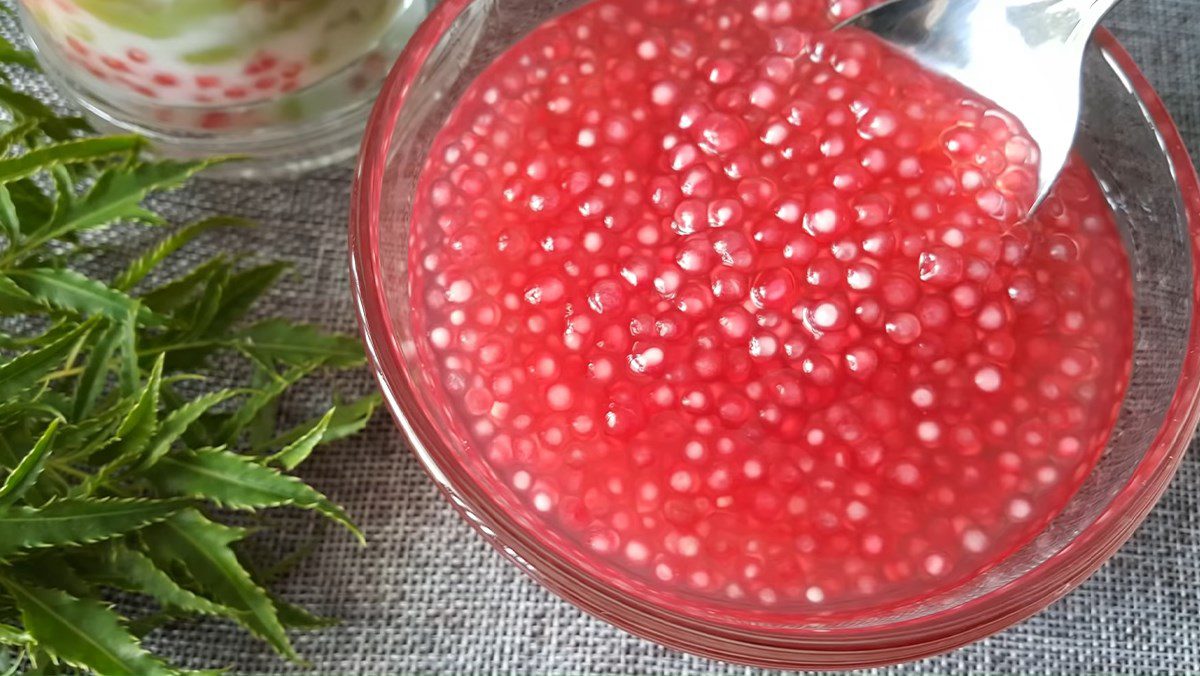
-
Preparation
15 minutes
-
Processing
10 minutes
-
Difficulty Level
Easy
Ingredients for Sago Pearls from Sago Flour For 2 people
Beetroot 1 piece Tapioca flour 5 tablespoons Sago flour 3 tablespoons Sugar 3 tablespoons
What is sago flour?
- Sago flour is a type of flour made from small round pearls processed from cassava. Sago flour is opaque white when cooked, gradually turning translucent, and has a chewy texture when eaten.
- According to Traditional Chinese Medicine, sago flour is neutral, sweet in taste, and has many health benefits.
- Sago flour is used in cooking to create a sticky, smooth texture for dishes. Some dishes made from sago flour include: coconut sago corn dessert, taro sago dessert, coconut sago cake with mung bean filling, sago cake with shrimp and meat filling,…
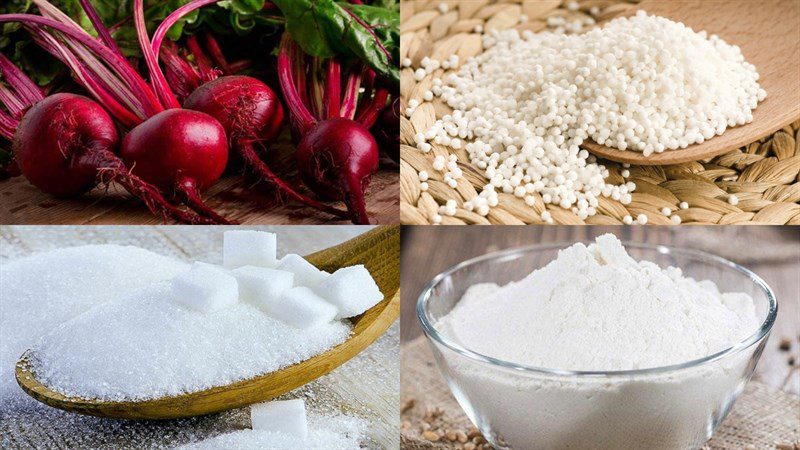
How to prepare Sago pearls from taro water
-
Prepare and cook taro
Buy taro, wash it clean, cut off the ends, and then peel it. Next, slice it into bite-sized pieces.
Place pot of water on the stove, turn on high heat for the water to boil quickly, then add the taro, cook for about 10 minutes, to let the taro release all its water. After that, strain through a sieve to keep the water and discard the solids.
Tip: To make the taro water color more beautiful and clearer, remember to skim the foam regularly.

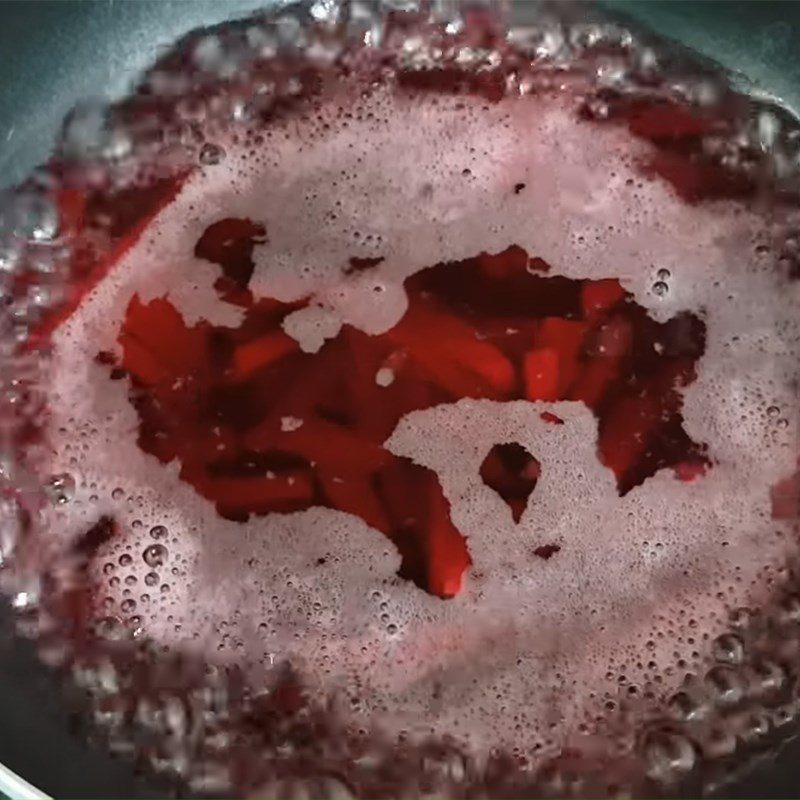
-
Soak sago in taro water
Add taro water to sago and soak for about 15 minutes, so that the sago absorbs the color and expands evenly, then drain.
Tip: To drain faster, you should spread the sago layer thinly.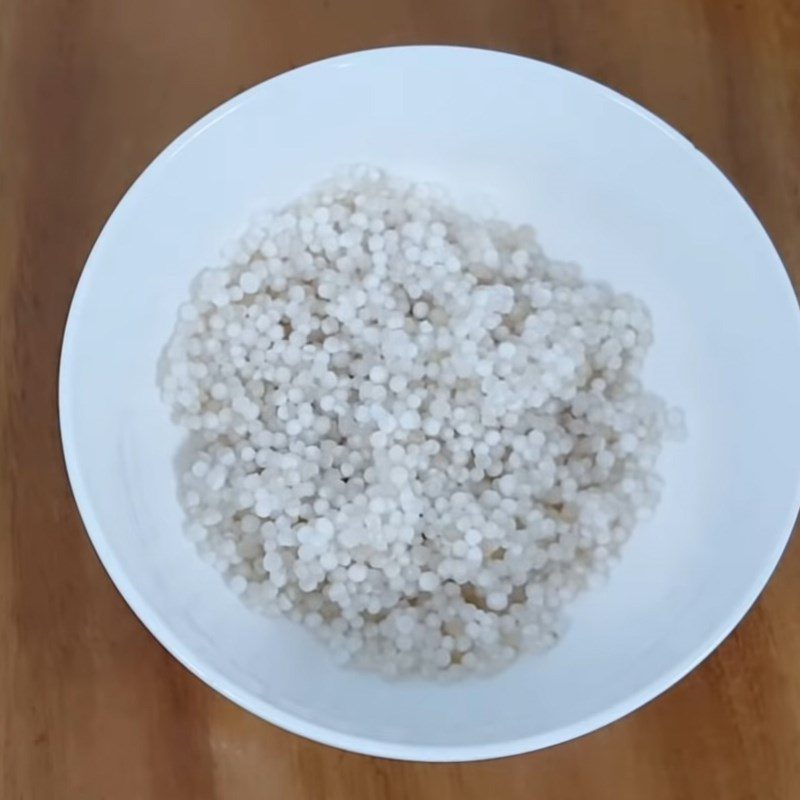
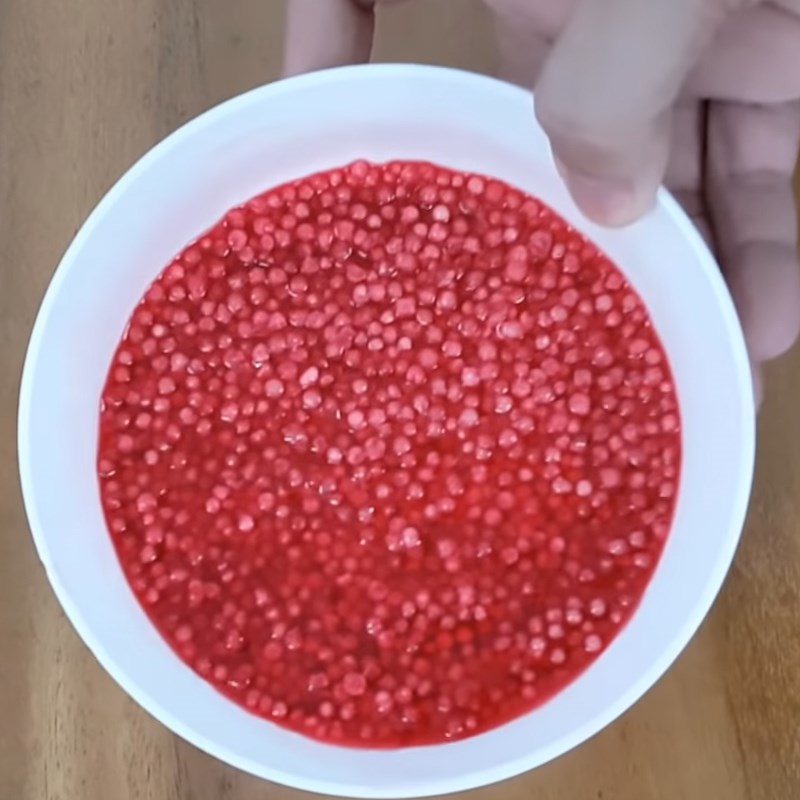
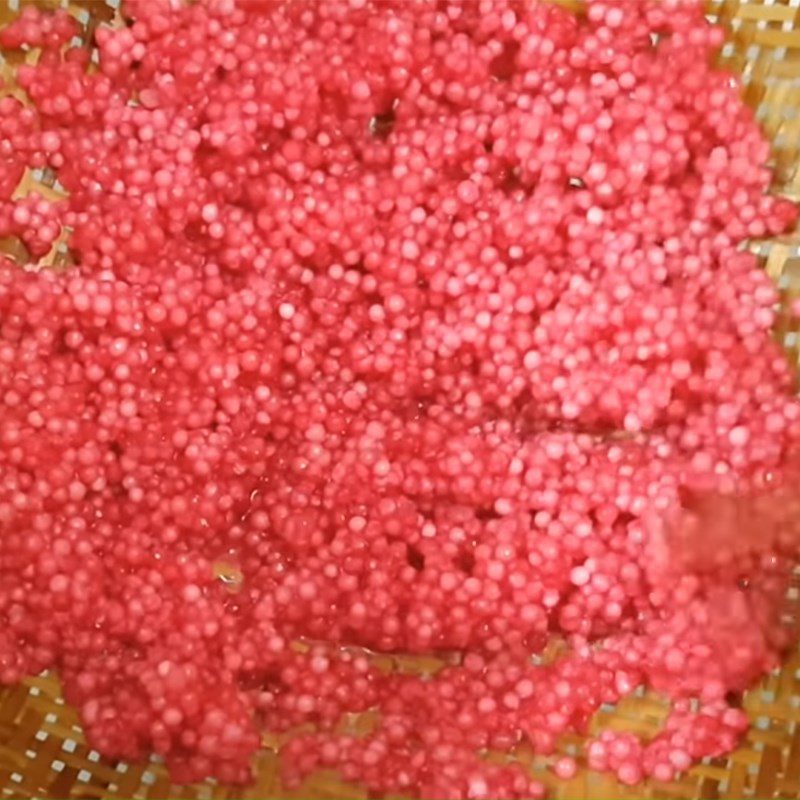
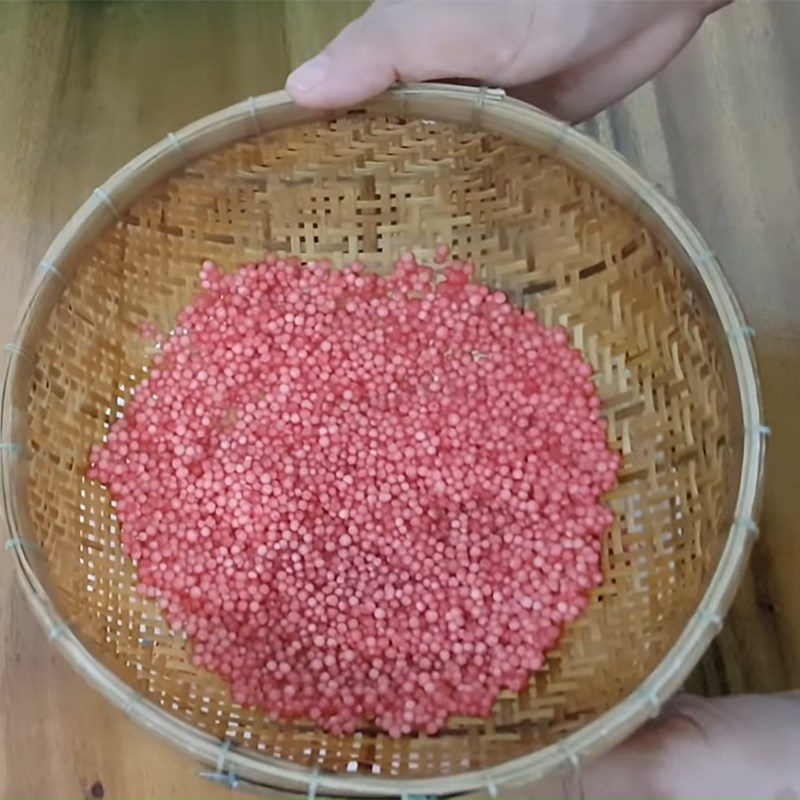
-
Shake the pearls
Prepare 1 bowl of tapioca flour, then gradually add the pearls, continuously stir so that the flour evenly coats the pearls.
To achieve just the right coating of flour on the pearls, you need to sift through a sieve once, to let the excess flour fall away.
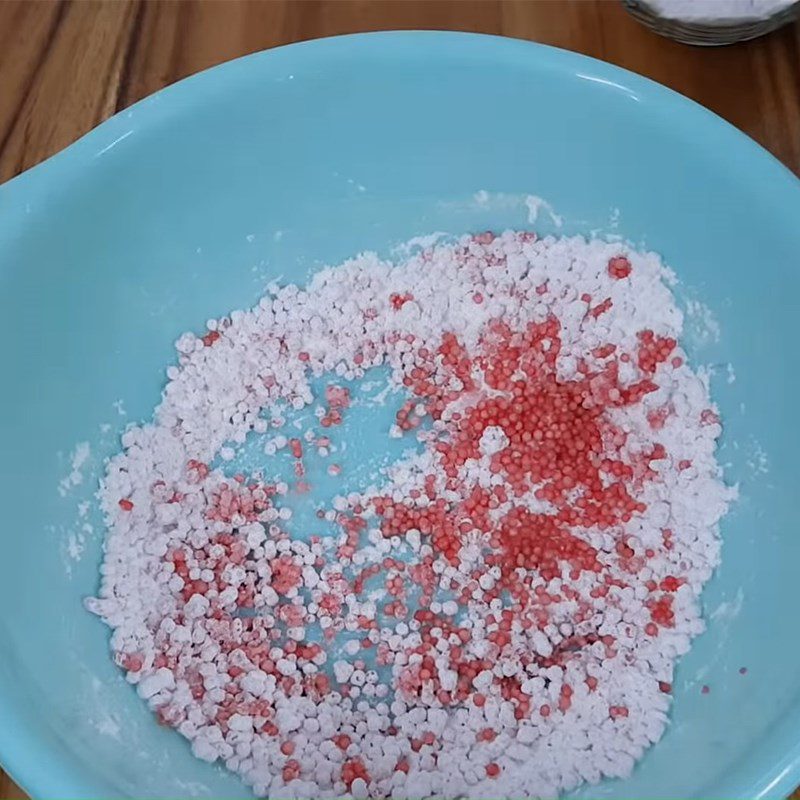
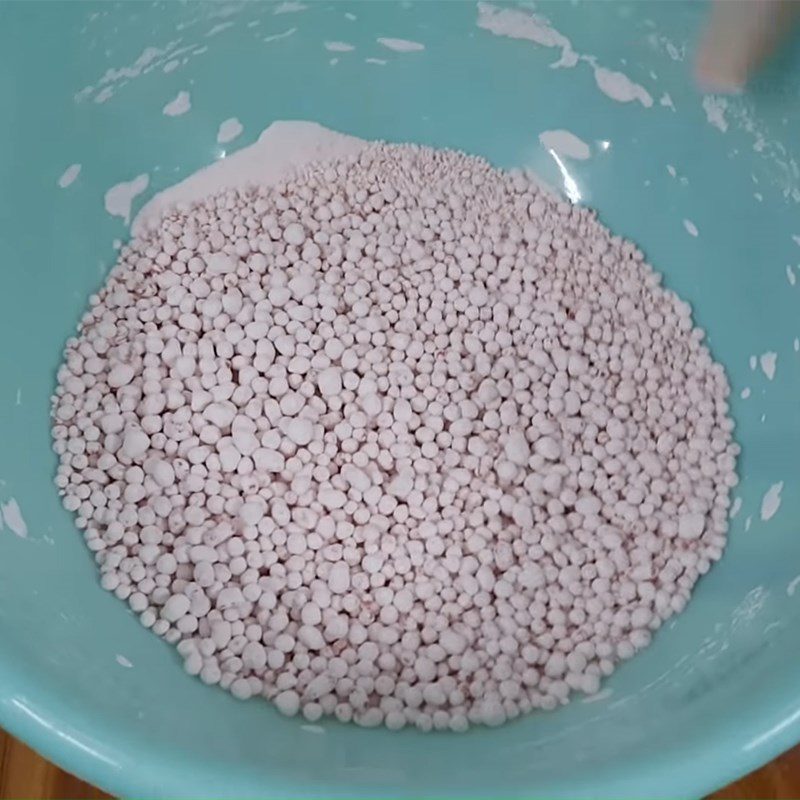
-
Cooked tapioca pearls
Put a pot of water on the stove, turn the heat to high to boil the water quickly, then gradually add the tapioca pearls, stirring continuously to prevent them from sticking together.
When the pot of tapioca pearls boils, reduce the heat and let it cook for 10 minutes until all the pearls float to the surface.

-
Completion
Transfer the cooked tapioca pearls through a sieve and discard the water, keeping only the pearls. Next, rinse the pearls with water about 3 – 4 times, then drain.
Put the tapioca pearls into an bowl and add 3 tablespoons of sugar, mixing well for the pearls to absorb the flavor. That’s it, you’re done.
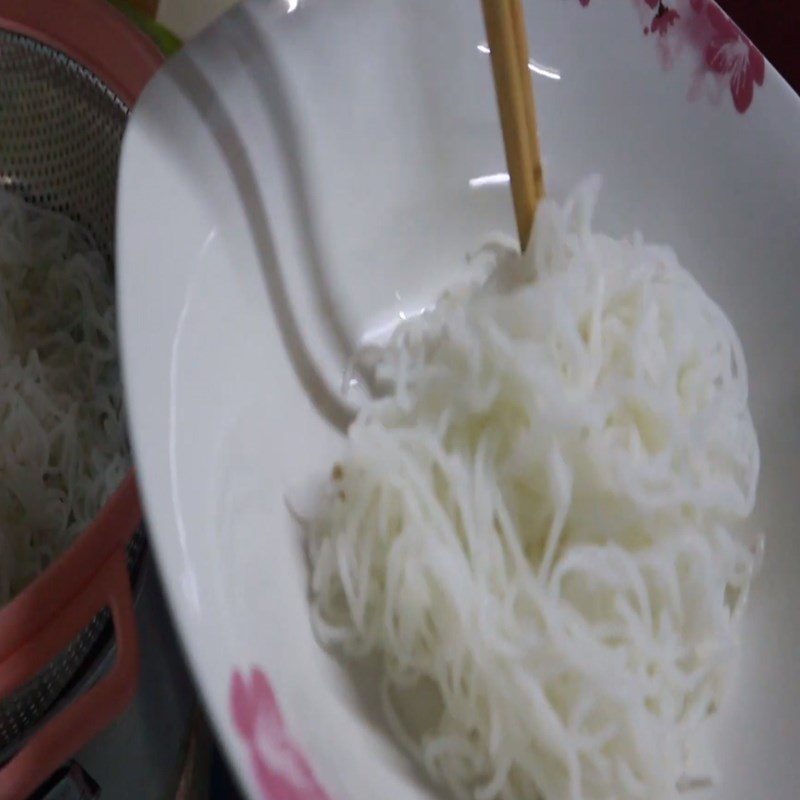
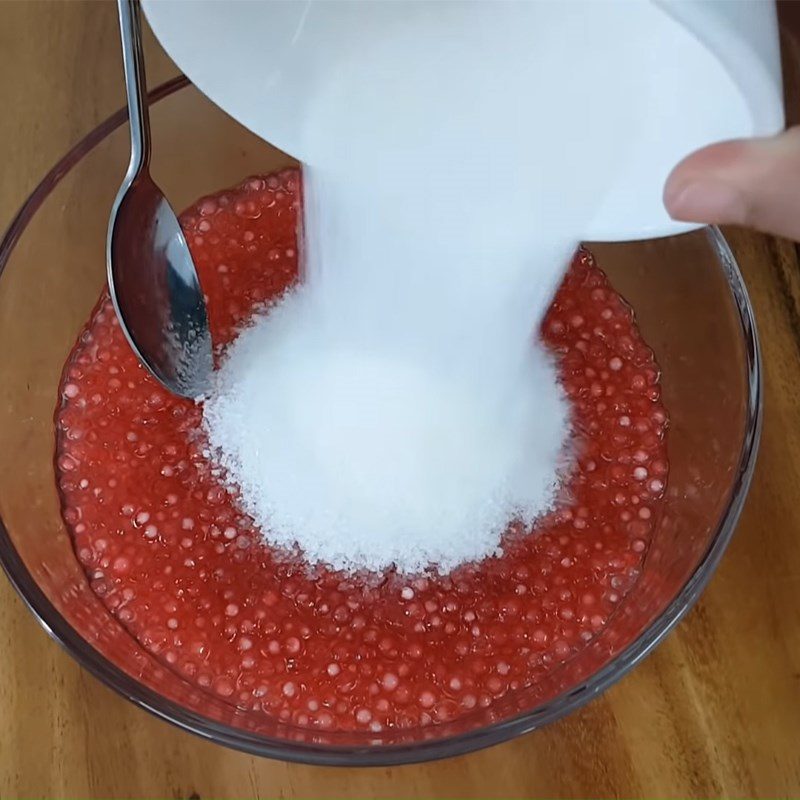
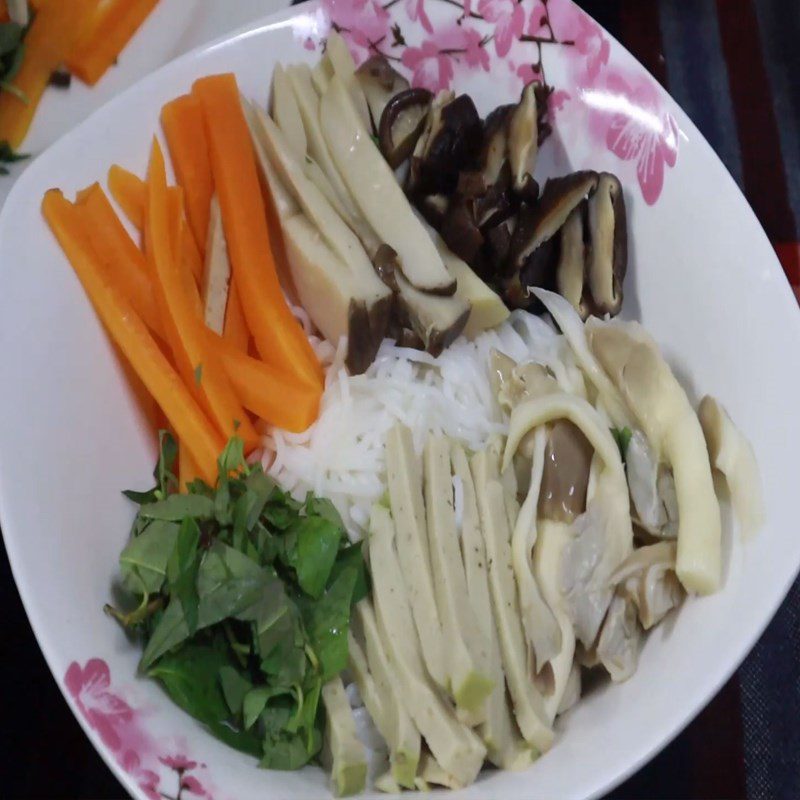
-
Final product
The finished tapioca pearls have a beautiful color, just the right sweetness combined with a chewy, soft texture that is very appealing. When eaten with desserts that have coconut milk or three-color desserts, it will be very delicious. You should quickly try making it.
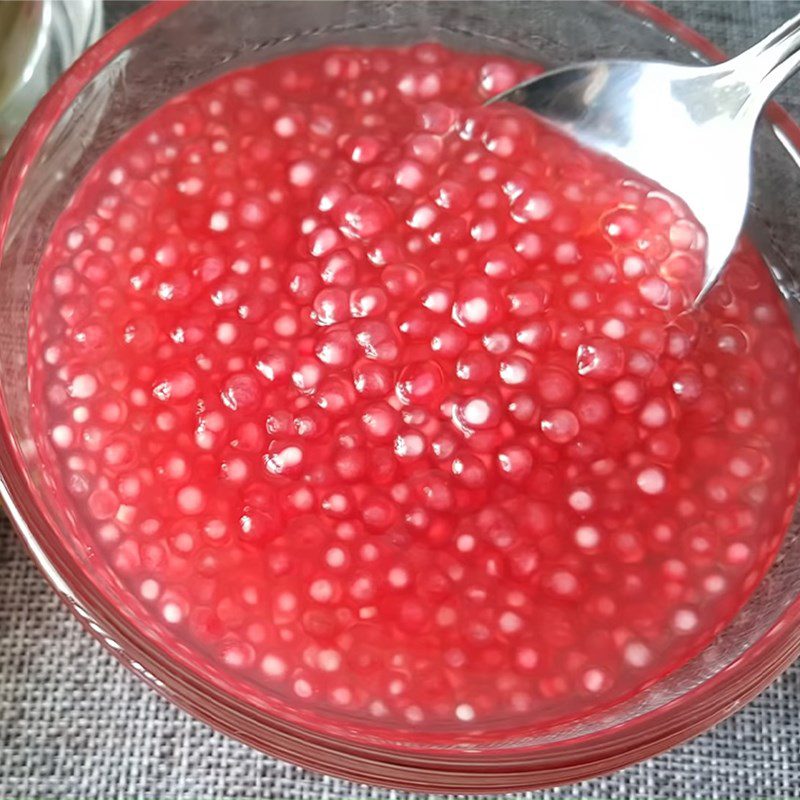
How to choose fresh and delicious beetroot
- To buy good beetroot, you should choose bulbs with a smooth outer skin, not wrinkled. The bulb should be intact and have a layer of soil covering the top.
- Choose bulbs that look juicy, feel firm and heavy in your hands, and are slightly hard when squeezed. You should select beetroot with a round bottom, as the flesh will be sweet and juicy. In contrast, beetroot with a flat bottom will have less sweet flesh.
- You should not choose beetroot with scratched outer skin, soft bulbs, and many dark spots, as these are bulbs that have spoiled or are bruised from the transportation process.
See more:
Hopeful with 2 recipes to make pomegranate seeds from tapioca flour and sago flour that Điện máy XANH shares with you today, it can help you successfully create distinctive dessert dishes. What are you waiting for? Get into the kitchen and show off your skills right away!
